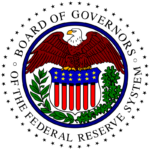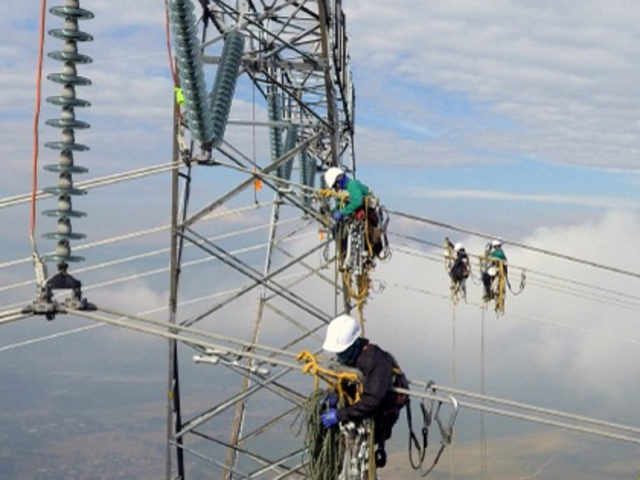Discover why savvy investors are flocking to Sallie Mae despite the student loan crisis.
- 10 out of 11 analysts recommend buying Sallie Mae stock despite the student loan crisis.
- Sallie Mae has exited the government loan market, focusing on private loans.
- The stock has returned 164% over the past five years, outperforming the S&P 500.
- BofA Securities predicts a 24% price gain for Sallie Mae shares in the next year.
- Sallie Mae controls over half of the private loan market, with a strong average FICO score of 752.
- The company follows a strategy of loan sale arbitrage, reducing its share count significantly.
- Potential risks include student loan forgiveness and economic downturns affecting credit losses.
Despite the ongoing student loan crisis, 10 out of 11 Wall Street analysts recommend buying shares of Sallie Mae (SLM). This is largely because the negative headlines surrounding delinquencies and loan forgiveness primarily concern government loans, which Sallie Mae has moved away from. Additionally, as rival lenders exit the market, Sallie Mae is poised to capture more market share. Over the past five years, Sallie Mae’s stock has surged by 164%, significantly outperforming the S&P 500’s 108% return. Recently, BofA Securities initiated coverage with a ‘Buy’ rating, forecasting a 24% increase in stock price over the next year, alongside a 2% dividend yield. nnTo understand Sallie Mae’s current position, it’s essential to look back at the history of student loans in the U.S. The government began offering student loans in the 1950s, and over the decades, it expanded eligibility and created various programs to support borrowers. However, by 2010, the government shifted entirely to direct lending, which led to significant changes for Sallie Mae, including its transformation into a bank and the sale of its loan servicing business, Navient, which faced scrutiny and legal challenges. nnToday, the total student loan debt in America stands at $16 trillion, with federal loans making up a significant portion. During the COVID-19 pandemic, federal loan borrowers enjoyed a freeze on payments, but this grace period is set to end soon. In contrast, Sallie Mae focuses on private loans, which constitute 98% of its balance sheet. These loans are underwritten with traditional scrutiny, resulting in a high average FICO score of 752 at approval. Many borrowers even make payments while still in school. nnSallie Mae’s market share has increased as competitors like Wells Fargo and Discover Financial Services have exited the student loan sector. The rising cost of college, which has outpaced inflation for two decades, is expected to drive higher enrollment in the coming years, further benefiting Sallie Mae. nnHowever, potential risks loom, including the possibility of student loan forgiveness initiatives that could impact federal loans and prompt private borrowers to pay off their loans sooner than expected. Additionally, economic downturns could lead to increased credit losses. nnCurrently, Sallie Mae employs a strategy known as loan sale arbitrage, selling off loans and repurchasing stock when prices are favorable. This approach has halved its share count since 2020. With the stock trading at a low multiple of projected earnings, analysts believe it deserves a higher valuation, suggesting a potential rise to $27 per share from its current price of around $21. nnIn summary, despite the challenges in the student loan landscape, Sallie Mae’s strategic positioning and market dominance in private loans make it an attractive investment opportunity.·
Factuality Level: 4
Factuality Justification: The article contains a mix of relevant information about Sallie Mae and the student loan market, but it also includes excessive background information and tangential details that detract from the main topic. Additionally, there are instances of opinion presented as fact, particularly regarding the future of the student loan market and the implications of government policies. The article lacks clarity and focus, leading to potential confusion for readers.·
Noise Level: 6
Noise Justification: The article provides a mix of relevant information about Sallie Mae and the student loan market, but it also includes tangential information about nuclear energy and unrelated companies, which detracts from its focus. While it does present some data and analysis, it lacks a deeper exploration of the implications of the student loan crisis and does not hold powerful entities accountable. Overall, it offers some insights but is somewhat diluted by unrelated content.·
Public Companies: Sallie Mae (SLM), BofA Securities (), Navient (), Discover Financial Services (), Wells Fargo (), NextEra Energy (), General Electric (GE), GE Vernova (), Microsoft (MSFT), Morgan Stanley ()
Key People:
Financial Relevance: Yes
Financial Markets Impacted: Student loan industry and companies involved in it, such as Sallie Mae and rival lenders.
Financial Rating Justification: The article discusses the performance of Sallie Mae’s stock, its market share, and the impact of student loan crisis on financial markets and companies. It also mentions the potential impact of student loan forgiveness plans on private loans and the role of other companies like Wells Fargo and Discover Financial Services leaving the student loan business.
Presence Of Extreme Event: No
Nature Of Extreme Event: No
Impact Rating Of The Extreme Event: No
Extreme Rating Justification: The article discusses financial trends and stock performance related to Sallie Mae and student loans but does not report on any extreme event that occurred in the last 48 hours.·
Move Size: No market move size mentioned.
Sector: Technology
Direction: Up
Magnitude: Medium
Affected Instruments: Stocks
 www.barrons.com
www.barrons.com 





